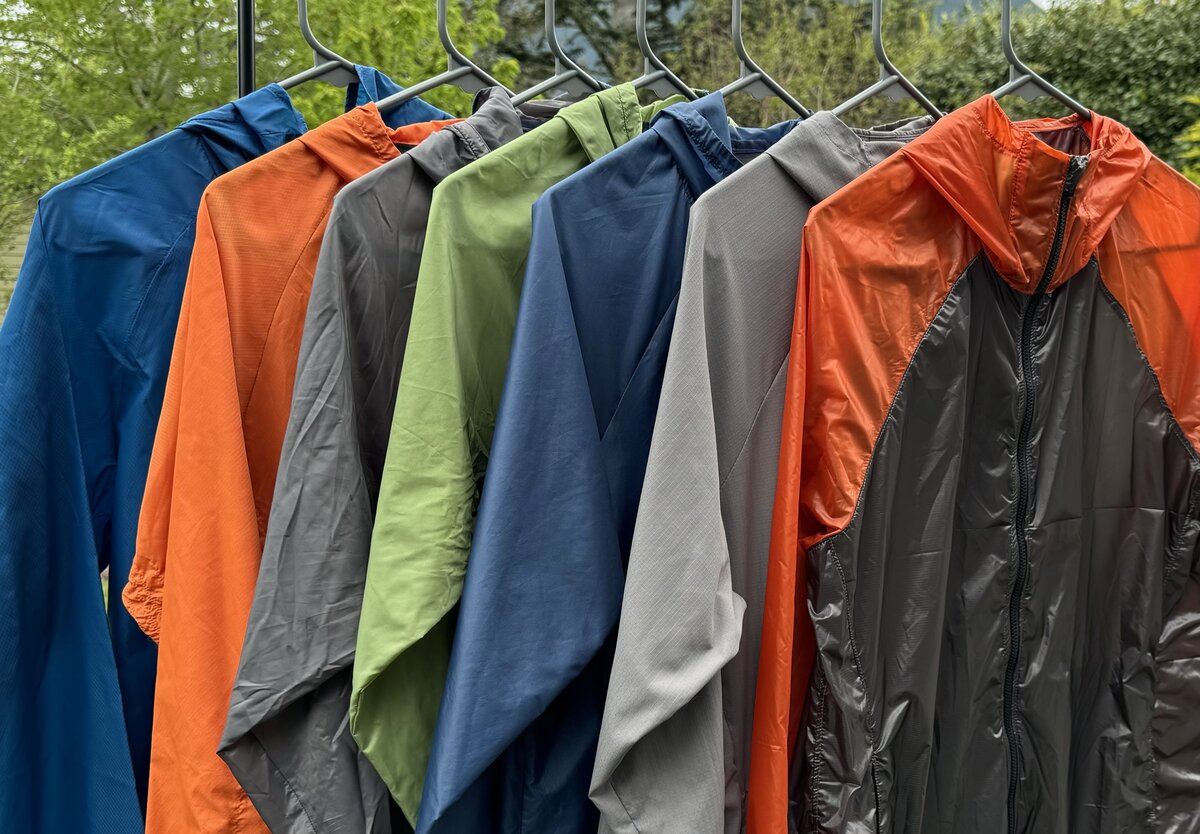Ultralight outerwear fabrics are characterized by their lightweight construction and often have properties such as breathability, water resistance, and packability. Here's a comparison of common types of ultralight fabrics:
Breathable Windshell Fabrics:- Ideal for lightweight wind-resistant outerwear layers.
- Varying deniers and finishes offer different levels of durability and breathability.
- Durable Water Repellent (DWR) finishes shed light precipitation
- Options include Ripstop Nylon, AIRWAVE™ Hybrid Ripstop Nylon, HyperD™, and MEMBRANE 10.
- Designed to provide waterproof protection in wet conditions.
- Coated or laminated finishes provide water resistance with limited to no breathability.
- While not 100% waterproof, when properly seam sealed, garments are highly water resistant.
- Options include Polartec Neoshell, Silpoly, and Silnylon.
When selecting fabric, say for your UL Windshell pattern, it's important to consider factors such as durability, sewability, and performance to ensure the best outcome for your project. Let's compare the recommended fabrics for both breathable windshell and water-resistant rain jacket variants:
Breathable Windshell Fabrics:
Waterproof Rain Jacket Fabrics:
When choosing the fabric for your ultralight gear, consider your specific needs and preferences in terms of weight, durability, and performance to ensure the best results for your project.




